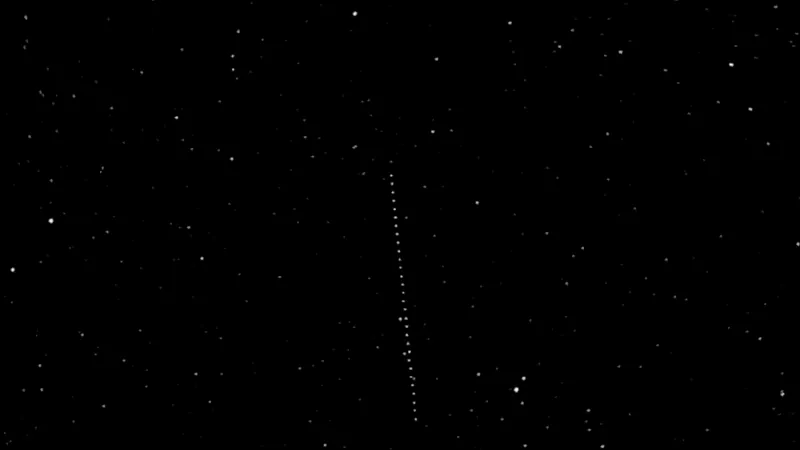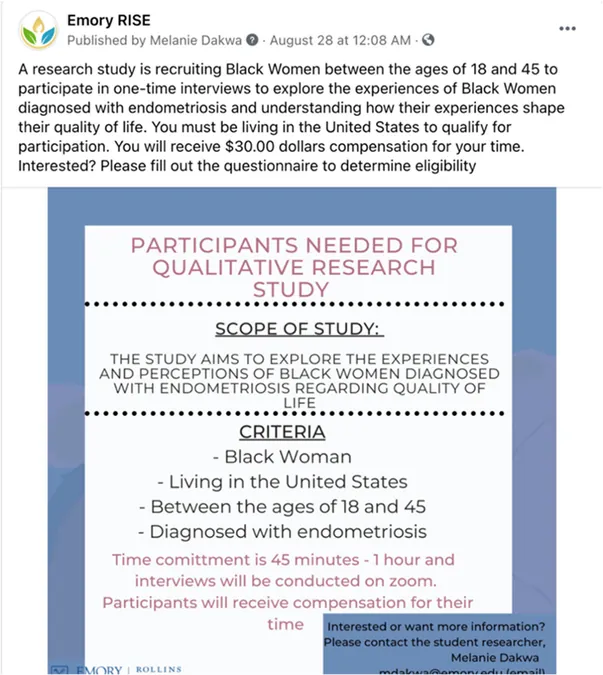
Hera's Bold Journey: Unveiling the Secrets of Faint Space Rocks and Boosting Planetary Defense!
2025-08-08
Author: Ming
A Stellar Mission Begins!
The European Space Agency's Hera mission is embarking on an extraordinary journey to the asteroid system of Didymos and Dimorphos, following NASA's groundbreaking DART asteroid impact from September 2022. DART made history by crashing into Dimorphos to test our ability to divert potentially hazardous asteroids that could threaten Earth.
Sneak Peeks of the Asteroid Belt!
Scheduled for arrival in late 2026, Hera has already had some thrilling encounters. In March 2025, the spacecraft made a close approach to Mars, using the planet’s gravitational forces to slingshot through the asteroid belt while testing its sophisticated instruments.
"The Hera spacecraft is performing very well," commented ESA’s Flight Dynamics Engineer, Giacomo Moresco, highlighting the craft’s capabilities and the exciting opportunities it has to observe nearby asteroids during its cruise phase.
Discovering the Unseen: Otero and Kellyday!
Operating in the sparsely populated asteroid belt is no easy feat. Hera’s team painstakingly identified two faint asteroids—(1126) Otero and (18805) Kellyday—despite them being millions of miles apart. These asteroids served as crucial test cases for Hera’s Asteroid Framing Camera, mimicking the conditions it will face when it first sights Didymos and Dimorphos.
The first target, Otero, was photographed on May 11. Discovered in 1929, this peculiar asteroid is a rare A-type, believed to have originated from the remnants of a colossal protoplanet. Hera tracked Otero for three hours, capturing its elusive trail against the starry backdrop.
Then, on July 19, Hera turned its attention to Kellyday, an asteroid named after a high school scientist. Imaging this target proved even more challenging since Kellyday was 40 times fainter than Otero. Yet, Moresco and his team succeeded—proving Hera's capabilities to detect minuscule cosmic objects.
Building a Defense Against Cosmic Threats!
The successful imaging of these asteroids has major implications for planetary defense. With the techniques developed to observe Otero and Kellyday, Hera could potentially monitor newly discovered hazardous asteroids to assess their orbits and predict any risks to Earth. Additionally, it could be repurposed to observe sudden arrivals of interstellar objects.
"By proving we can command Hera to observe new targets on short notice, we’re not only bolstering confidence in our mission but also paving the way for rapid responses to intriguing deep space phenomena," Moresco explained.
Setting the Stage for a Historic Encounter!
As Hera approaches Didymos and Dimorphos, the excitement grows for the six-month mission that will dive into detailed observations of the DART impact site and the asteroids’ characteristics. This mission isn’t just about exploration; it’s a critical step in safeguarding our planet against cosmic threats!





 Brasil (PT)
Brasil (PT)
 Canada (EN)
Canada (EN)
 Chile (ES)
Chile (ES)
 Česko (CS)
Česko (CS)
 대한민국 (KO)
대한민국 (KO)
 España (ES)
España (ES)
 France (FR)
France (FR)
 Hong Kong (EN)
Hong Kong (EN)
 Italia (IT)
Italia (IT)
 日本 (JA)
日本 (JA)
 Magyarország (HU)
Magyarország (HU)
 Norge (NO)
Norge (NO)
 Polska (PL)
Polska (PL)
 Schweiz (DE)
Schweiz (DE)
 Singapore (EN)
Singapore (EN)
 Sverige (SV)
Sverige (SV)
 Suomi (FI)
Suomi (FI)
 Türkiye (TR)
Türkiye (TR)
 الإمارات العربية المتحدة (AR)
الإمارات العربية المتحدة (AR)